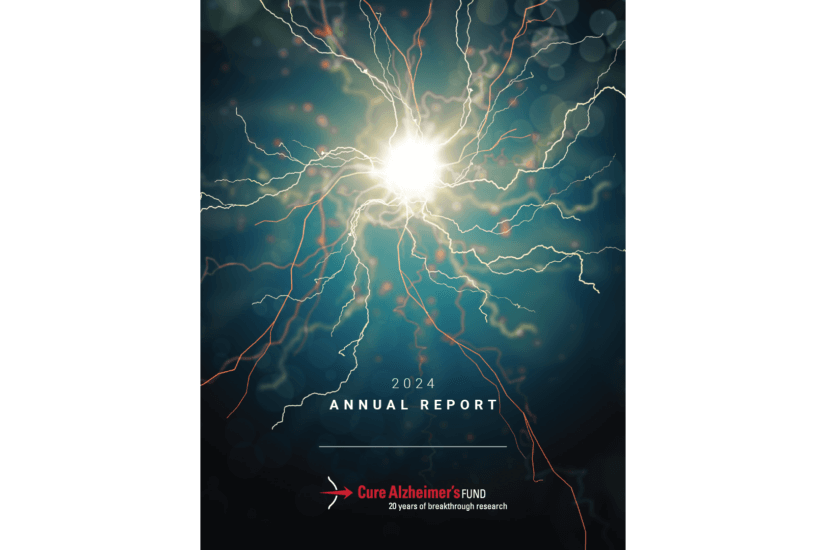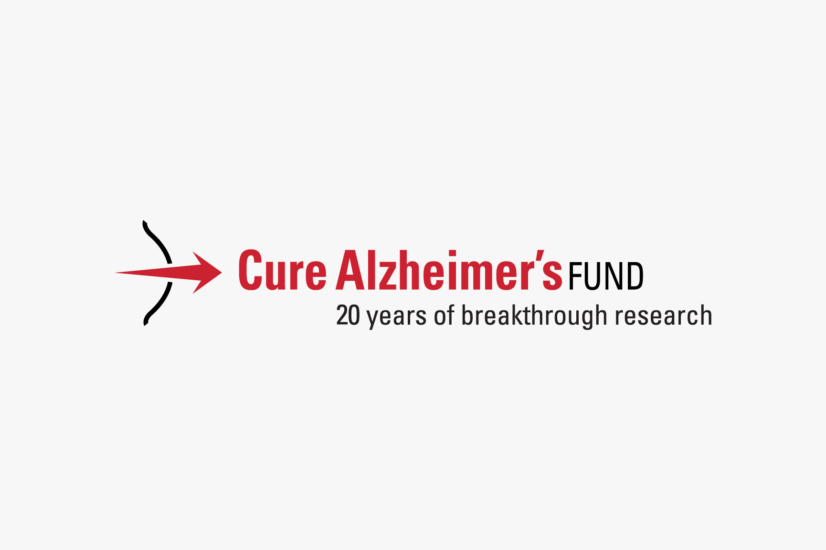The report released on December 9, 2010 by the National Center for health Statistics compares mortality statistics for major diseases between 2007 and 2008 with notes about longer running trends. Alzheimer’s disease remains the #6 cause of death, but jumped 7.5% in the number of deaths between 2007 and 2008. The report also noted that the death rate increased more than 14% from 2003 to 2008.
Several of the leading causes of death saw declines, including heart disease, cancer, stroke, diabetes, homicide and accidents. Infant mortality dropped about 2%. But increases were seen in Alzheimer’s, flue and pneumonia, high blood pressure, suicide and kidney disease, with Alzheimer’s leading the increases.
The full report can be found at http://www.cdc.gov/NCHS.
This disturbing statistic for Alzheimer’s disease should not come as a surprise. Diagnosis and reporting are getting better, and as other causes of death begin to decline, we live longer and are more subject to diseases of aging, such as Alzheimer’s. Plus pure demographics is working against us; the baby boomers are now entering the age where Alzheimer’s becomes apparent. Approximately 10% of those aged 65 and older have Alzheimer’s; for those 85 and older, the number comes close to half.
While keeping the pressure on to find the causes of and treat these other terrible diseases, we need to regard the Alzheimer’s increase as a clear not-so-early warning that without effective intervention soon, the disease will simply overwhelm us — our health care systems, our families and an our own and our country’s ability to pay for the care that will be required.
And yet, research budgets at the National Institutes of Health and its National Institute of Aging specifically, continue to erode. We are not facing up to this problem and will pay dearly for it in the not-too-distant future.
Privately funded research can help through focused, strategic pursuit of the real causes of the disease to then accelerate development of effective therapies. But only the government has the resources at sufficient scale to break the back of this disease.
All of us can help by first, contributing to effective, results-oriented private research; and second, by insisting that our elected national officials increase the public’s investment in Alzheimer’s research.
This CDC report should serve as a clarion call to action. If our public officials have either ignored this epidemic until now, or regarded it as “just another problem we have to face”, this report should help order priorities and increase the sense of urgency around doing all we can to stop this disease.







